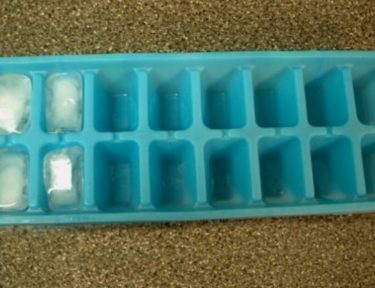The Real Reason We Humans Still Have “Wisdom” Teeth
Have you ever wondered why we have those pesky wisdom teeth if we just get them taken out right after they grow in?
Just for some background: When we say wisdom teeth, we’re referring to the four teeth that grow in the furthest back part of your gums during some time in your adolescence— usually when you’re in your late teens or early 20s.
The real name for wisdom teeth is a “third set of molars,” since they’re the third set to come in. We typically get our first molars around the age of six, with the second around the twelfth year. The reason we refer to the third set as “wisdom teeth” is because at the time they come in, people are said to be much wiser, and thus: “wisdom teeth.”
But honestly? There really isn’t much wisdom behind the actual tooth, especially in this current day and age.
While it’s not always necessary to get your wisdom teeth removed, most dentists recommend the surgery in order to avoid any future problems, such as crowding or infections. Since there’s no good reason to leave them in, and they’re likely only going to give you grief later on, most people opt to get them taken out.
So the question is: Why do we even have them in first place, if they’re relatively pointless? Well, it wasn’t always that way…
The history of wisdom teeth
It’s long believed that our ancestors needed wisdom teeth for survival purposes, more specifically, for dietary needs. Food wasn’t quite what it is today back then— early humans ate things like raw meat, nuts, and plants, AKA foods that were uncooked and hard to chew, and wisdom teeth sufficiently aided in the chewing process.
Of course now, we don’t eat foods like those anymore, and don’t need to exhaust such concentrated chewing power when we’re eating. Plus, let’s not forget, we now have the convenience of cutting things like steak up with a knife and eating foods with forks and spoons. So while wisdom teeth don’t serve much of a purpose now, they were once pretty necessary.
Additionally, human jaws have become smaller throughout evolution. At the time when wisdom teeth were useful, jaws were larger, and our ancestors were able to accommodate them in their mouths much better.
Now, while rare, some people actually don’t grow wisdom teeth at all. And who knows, maybe that’ll start happening more and more so that we don’t have to go through the process to get them removed. (Though where would we be without those funny post wisdom teeth removal videos?)
For those who do grow wisdom teeth, they might not be causing you any problems now, but truth be told, they can become a hot mess later on in life. Back to us having smaller jaws than in the past: Smaller jaws means we can’t accommodate those teeth as easily in our mouths, and eventually it can lead to overcrowding and displacement of your other teeth.
More frequently though, wisdom teeth become impacted beneath the surface or only partially erupt. If that happens, additionally, food can get trapped in the gum tissue surrounding the teeth, which can lead to bacteria growth, gum disease, tooth decay, or another serious infection.
Isn’t human evolution interesting? To learn more about the evolution of wisdom teeth, check out the video below!

